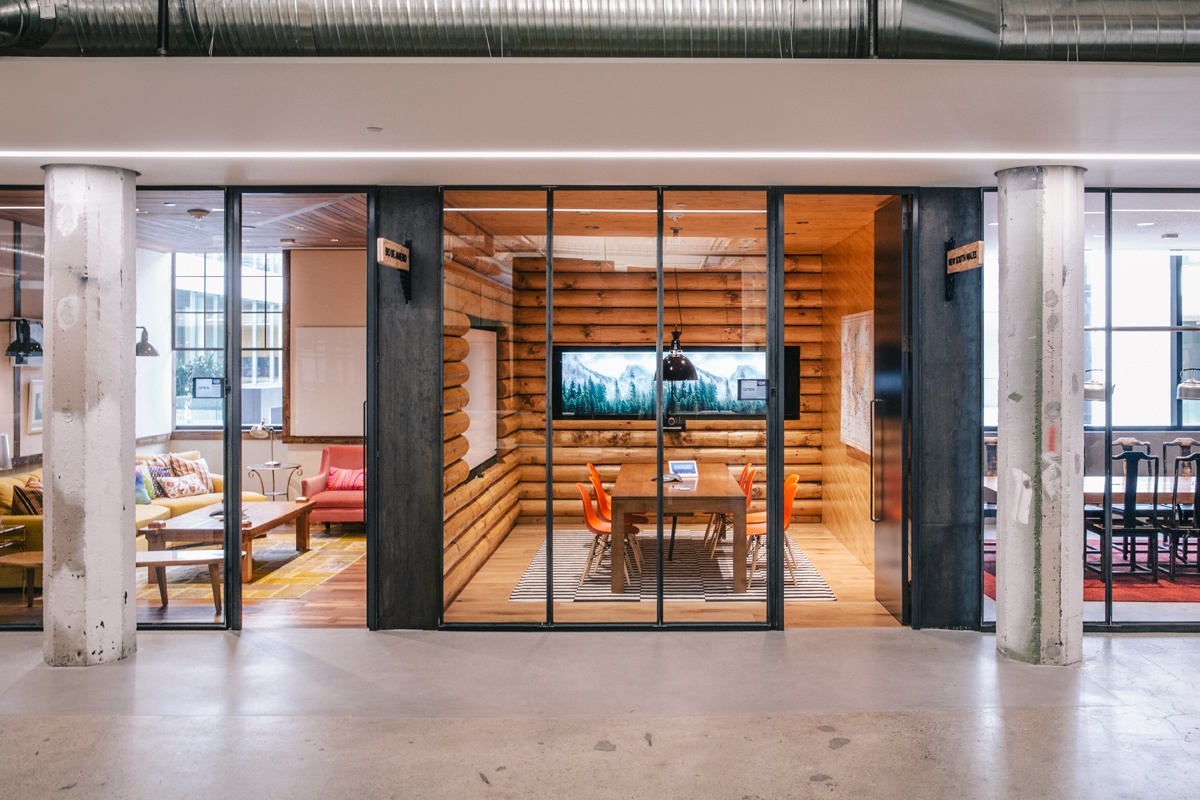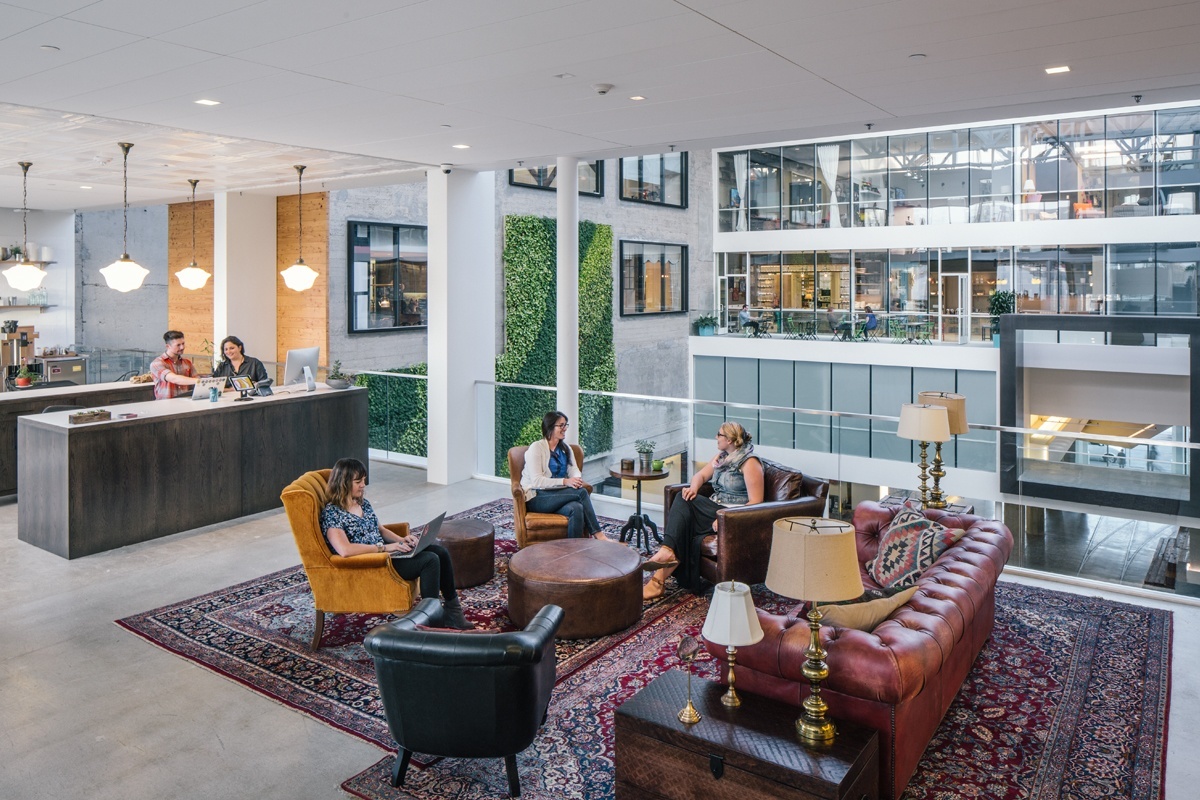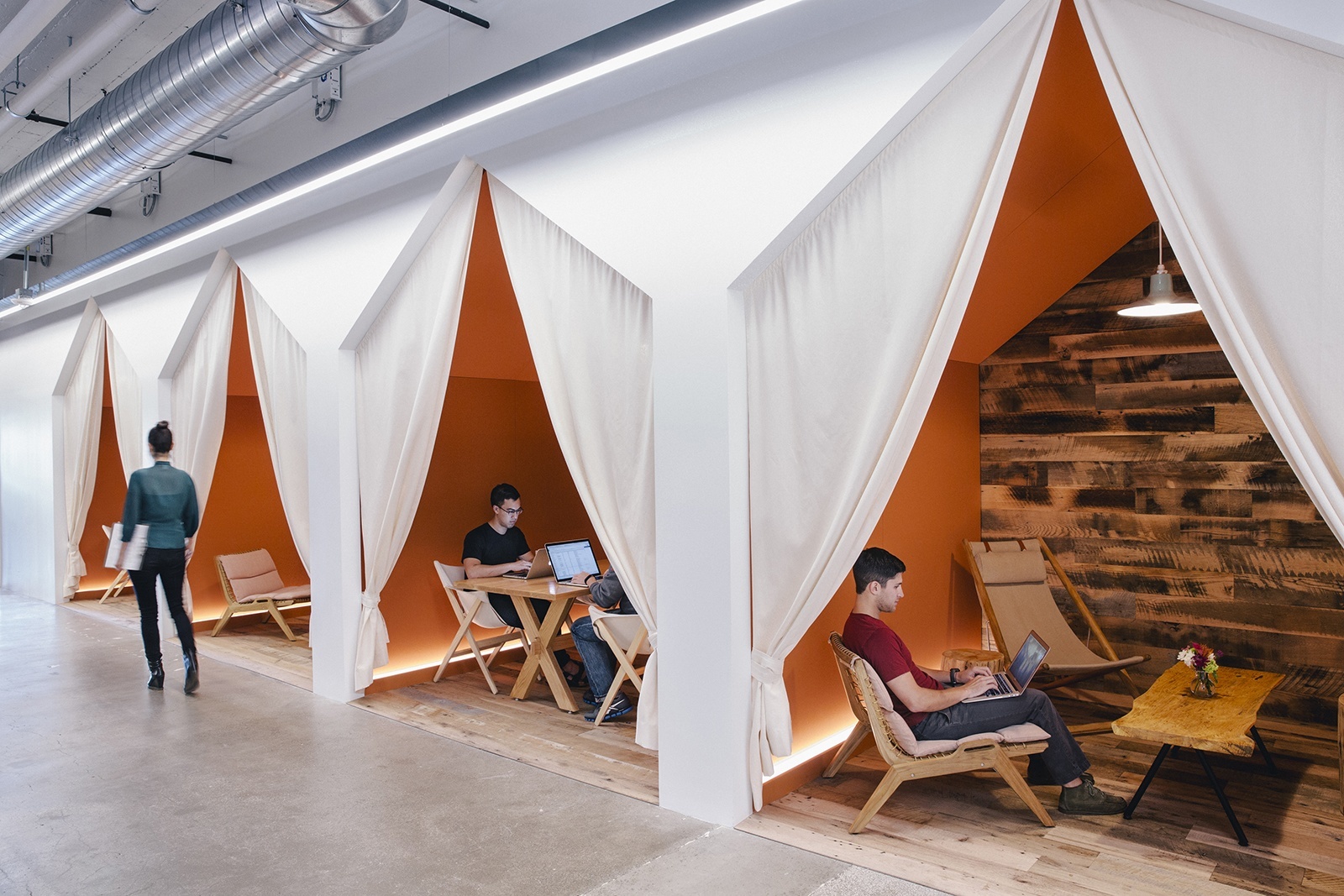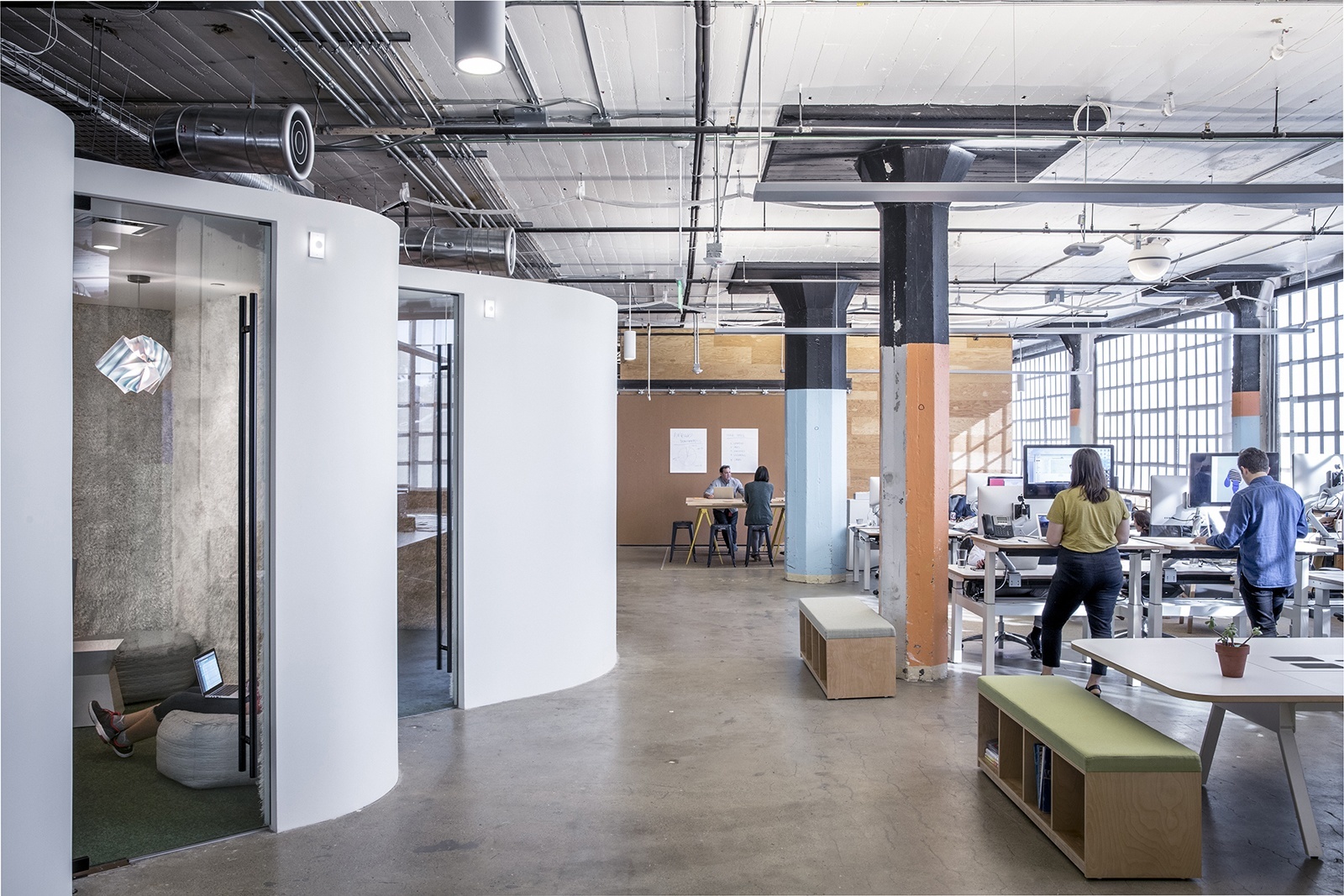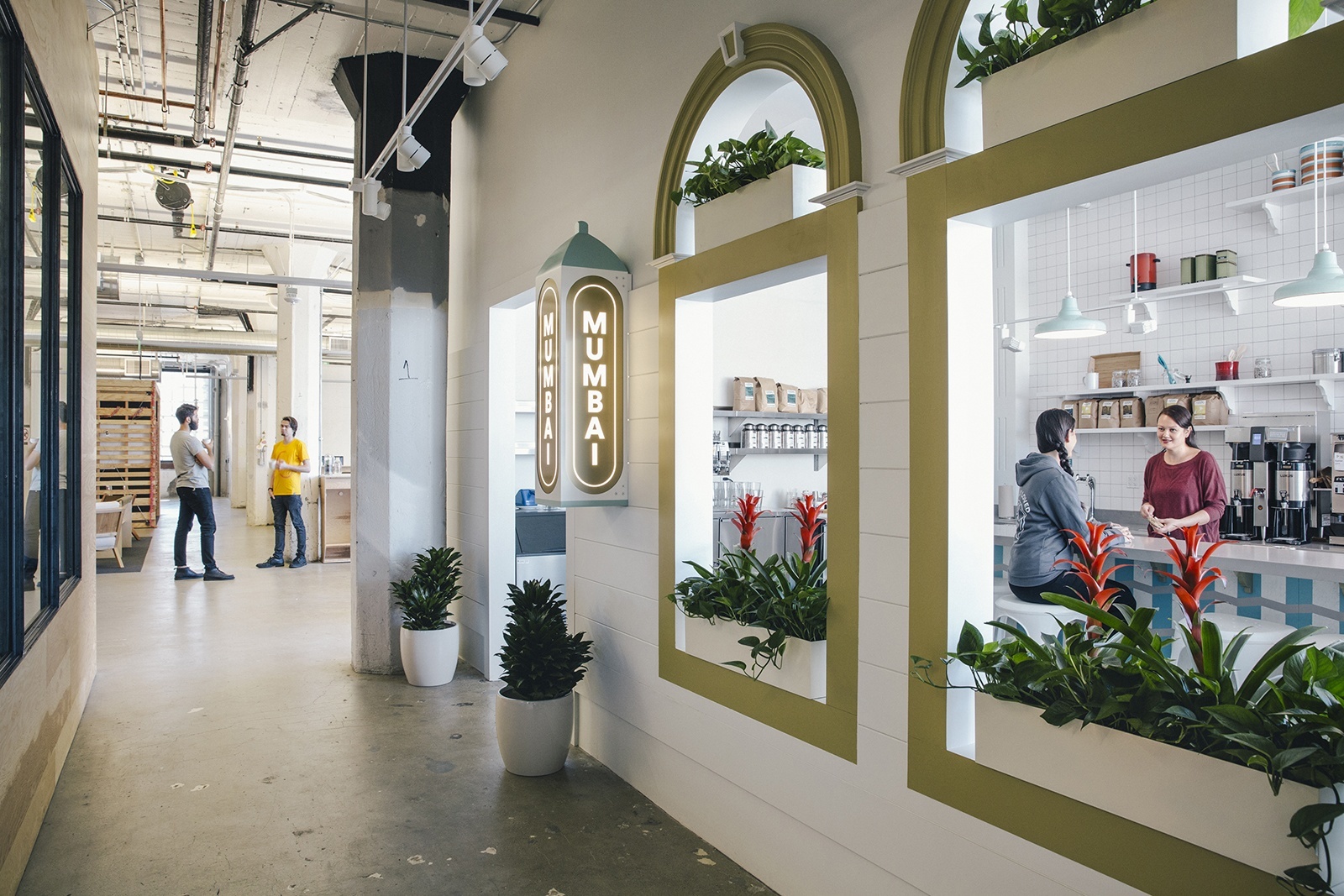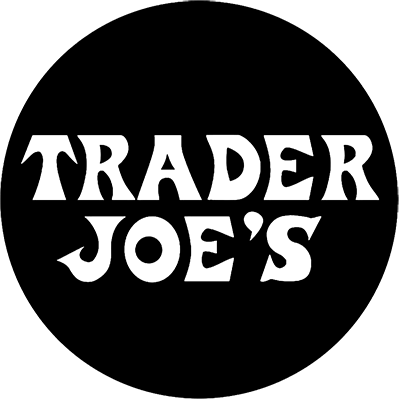Tags
#Offices
Immerse your people in an environment that embodies your product
If staff are generally in the office more than at home, it was essential to Airbnb's leaders that their office space not only felt like home but also connected staff deeply to their work. Inspired by the unique listings on their website, co-founder Brian Chesky set out to recreate their office as Airbnb listings down to the smallest detail. They started by contacting hosts, asking if it was okay to recreate their homes, and then asking for an inventory of all their furniture and fixtures.
Soon, workspaces mirrored global hosting locations, from camping tents to Mumbai cafes. The cost was less than expected as most home furniture is cheaper than office furniture. The designs also became a huge competitive advantage for hiring, even inspiring tens of thousands of people each year to take a tour.
Remove closed offices, assistants who act as guards, and locked spaces
Netflix removed all of these from their culture as they are all symbols of secrecy and signify a lack of trust in one another. Founder, Reed Hastings, doesn't even have an office or a cubicle with drawers that close. He has also gone so far as to remove locks from personal employee lockers because of the message it sends.
Decrease dividers, increase collaboration
Open floor plans, no private offices, and rooms with no doors or separators—this is how Patagonia strengthens communication, makes management more approachable, and provides an atmosphere of equality. As Yvon Chouinard writes: "What we lose in 'quiet thinking space' is more than made up for with better communication and an egalitarian atmosphere."
Reinforce your culture through your office design
Walk around the Starbucks Support Center (aka. headquarters) and you will find a space that feels like a Starbucks coffee shop:
- Art inspired by countries where coffee is grown cover the walls
- Images and graphics celebrate their history, mission, and values
- Coffee trees grow year-round under skylights
- Couches and chairs are clustered together around coffee tables for meetings
- No cubicles can be found anywhere—just shared work spaces that promote collaboration
With some employees not needing to go in every day, Starbucks has made some desks shared and bookable, allowing for even more open space for collaboration.
Remove all private offices
When designing their corporate offices, Trader Joe's founder and CEO Joe Coulombe insisted on a factory atmosphere with no private offices. This fostered a culture of transparency where everyone knows what's going on in the company. Joe's desk could be found in a conference room that sat a total of six people.
Even at Trader Joe's stores, there is no manager's office, just a boxed-in area called the 'Captain's Deck' that is visible and open to everyone.*
Move your company to a place that matches your culture
As Zappos outgrew their first headquarters in San Francisco, they needed to make a decision on where they would permanently set up home base. Even though downtown Las Vegas wasn't the cheapest option, they chose to relocate there because it aligned most with their culture:
- Las Vegas had a rich service-based workforce that was accustomed to around the clock hours that would make it easier to find talent that would match the Zappos culture.
- There are many bars and coffee shops in walking distance instantly increasing the number of potential meeting locations.
- There are more opportunities for serendipitous encounters which will eventually lead to more innovation and productivity.
- Unlike an isolated campus, like Apple or Google, an integrated downtown campus presents more opportunities for teams to contribute to the surrounding community.
Create opportunities to socialize with co-workers
When Zappos says they only hire people they want to spend time with, they are very serious about creating opportunities for those times to be had—inside and outside of work.
- Managers and employees are encouraged to spend 10–20% of their time outside of work with their fellow employees and coworkers. Happy hours, small team events, and BBQ's at a manager's home have ended up producing some of the company's best ideas.
- Exits throughout the office were turned into 'emergency exits' in order to create one single point of entry and exit to increase chances of "serendipitous interactions."
- Free lunches and snacks weren't created as a retention strategy but as an opportunity for everyone to sit down together as a community.
Decorate in a way that lets your personality shine through
For Zappos, that means letting employees make their workspace a home away from home, with pictures, streamers, balloons, and pretty much anything that brings a smile to their faces. Even Zappos leaders have lush green foliage dangling from the ceiling above their cubicles, which is referred to as 'Monkey Row.'
And their boardrooms are themed after Hollywood movies and stars, like Elvis, Betty White, and James Bond. The Up boardroom has balloons painted on the walls, a mailbox with the names 'Carl' and 'Ellie,' as well as, tennis balls on the bottoms of the tables and chairs.
By giving Zapponians full ownership over their workspace, it eases anxiety, increases ingenuity, while bringing smiles to their employees faces.
Have a 'no door' policy for everyone
There are no offices at Zappos and everyone has the same size desk and cubicle. That includes all leaders who could be found centrally located in an open space on the third floor of the Zappos headquarters.
Encourage nap time at work
Four massage chairs surrounded by a giant fishbowl await employees in the official Zappos Nap Room Aquarium. Zapponians can use this room on breaks, at lunch, or anytime they can't keep their eyes open. While it may seem like a perk to just attract millennials, studies show a 10 to 20-minute nap at work actually increases creativity, intelligence, alertness, memory retention, and performance.

